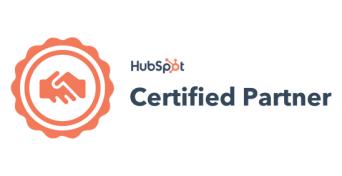Choose the Right Channels for Your Audience.
Dive deep into your data to discover where your ideal audience spends their time online. Are they on social media or reading emails and blogs? Some of the most popular channels for effective lead generation are email marketing, social media marketing, content marketing, SEO, and landing page/website optimization.












